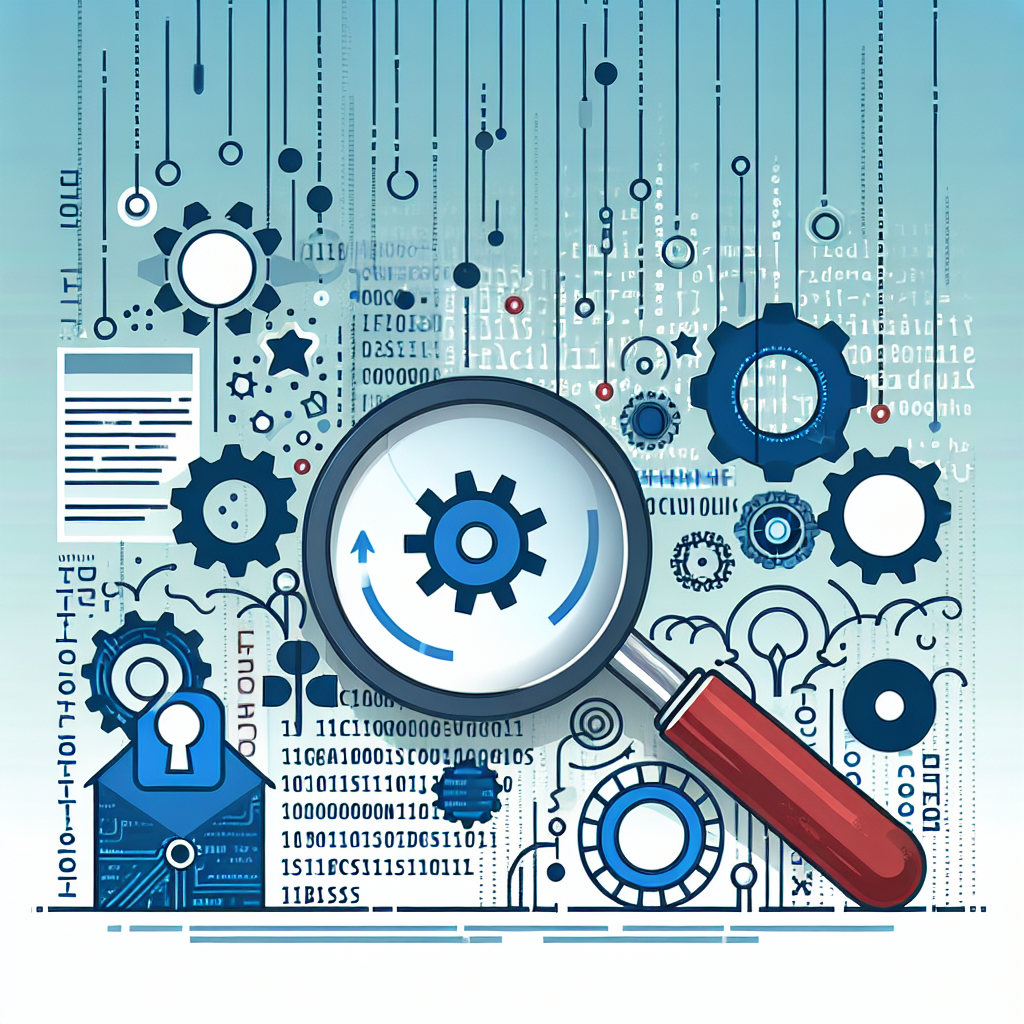Deciphering the Code: The Hidden Impact of Technology on Productivity
Uncover the advanced truth about productivity in the era of technology and explore the potential of three distinct approaches


Step into the advanced gateway of the groundbreaking convergence of technology and productivity. Unravel the advanced truth about productivity they don’t want you to harness – a truth deeply intertwined with the evolution of technology.
Let’s first explore Option Alpha – the model approach. This strategy capitalizes on the integration of existing technology into current systems, enhancing productivity through established mechanisms. For instance, consider the implementation of cloud technologies to streamline data sharing and collaboration. The model approach offers an easy transition with minimal disruption. However, it’s bound by the restrictions of current systems and may lack the transformative potential of more radical strategies.
Next in line is Option Beta – the transform methodology, which advocates for a complete overhaul of existing systems. This approach leverages cutting-edge technology such as artificial intelligence and machine learning to revolutionize productivity. Its potential is best exemplified by companies like Tesla, which has transformed the automobile industry with its advanced automation technologies. However, the transform methodology necessitates substantial investment and a willingness to endure short-term disruption for long-term gains.

Finally, we have Option Gamma – the disruptive strategy. This is the frontier of technological advancement, where productivity is driven by ground-breaking innovations. Think of the impact of blockchain technology on the financial industry, or the potential of quantum computing. The disruptive strategy can lead to unparalleled productivity gains, but also carries significant risk and uncertainty.
Hybrid biotechnology solutions present yet another frontier, merging biological systems with technological advancements. For instance, synthetic biology could revolutionize industries from pharmaceuticals to energy production. However, this field is still in its nascent stage and its full potential for enhancing productivity remains to be seen.
When analyzing these options through a decision matrix analysis, each approach presents unique strengths and weaknesses. The model approach offers stability and ease of integration, the transform methodology brings transformative potential, and the disruptive strategy opens up unprecedented possibilities. However, each also carries significant risks, from the limitations of the model approach, to the potential disruption of the transform methodology, and the uncertainty of the disruptive strategy.

Implementation weaknesses are an inherent part of any technological advancement. Even the most advanced technologies can face issues such as user resistance, compatibility problems, and unforeseen glitches. The key lies in robust planning, skilled execution, and the capacity to adapt and respond to challenges as they arise.
Looking forward, the development projection for technological advancements is nothing short of astonishing. From advanced AI algorithms to quantum computing and synthetic biology, the future is a realm of endless possibilities. However, harnessing these advancements for productivity will require not just technological prowess, but also the ability to manage change and navigate the complexities of implementation.
Through a comparative mechanism assessment, it’s clear that no single approach holds the answer. Instead, the future of productivity lies in a blend of strategies, tailored to the unique needs and capabilities of each organization. The most successful companies will be those that can adapt and evolve, harnessing the power of technology to drive productivity in innovative and sustainable ways.
In the final verdict, the AI-driven choice may well represent the future of productivity. With its unparalleled capacity for data analysis, decision-making, and automation, AI has the potential to revolutionize productivity across industries. However, the journey towards AI-driven productivity is not without challenges, and will require a commitment to continuous learning, adaptation, and innovation.
In conclusion, the revolutionary resolution of productivity in the future of technology is not a question of choosing between the model, transform, or disruptive approach. Rather, it’s about understanding the unique potential and challenges of each approach, and crafting a strategy that harnesses the strengths of each while mitigating the risks. The future of productivity is a journey of exploration, innovation, and continuous adaptation in the face of rapid technological change.

